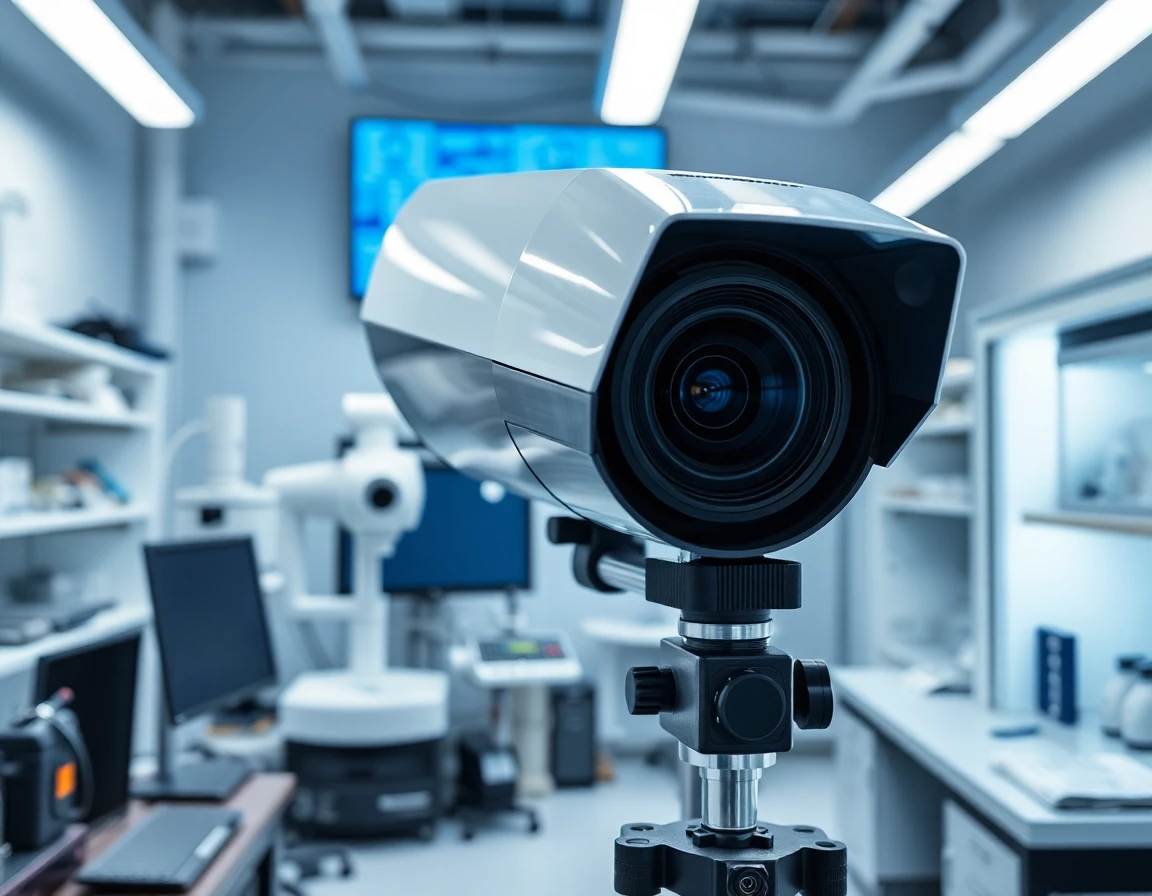In a significant leap for the aerospace and defense industries, China has commenced mass production of a groundbreaking quantum radar detector, known as the “photon catcher.” This development is poised to enhance detection capabilities, especially against advanced stealth aircraft like the F-22 and F-35. As nations race to secure technological superiority, the implications of quantum radar extend far beyond conventional radar systems.
The Photon Catcher: Revolutionizing Detection
The four-channel single-photon detector at the heart of China’s quantum radar initiative allows for unprecedented sensitivity in detecting individual photons—the most fundamental units of light energy. Unlike traditional radar systems, which rely on reflected signals, quantum radar utilizes the principles of quantum entanglement. By sending one photon toward a target and retaining its twin, the radar can confirm detection by analyzing the quantum states of the returned photon and its counterpart. This unique capability enables the identification of targets that would typically absorb or scatter conventional radar signals, thereby circumventing the advantages of stealth technology.
Advantages of Quantum Radar
The benefits of quantum radar technology over classical systems are manifold:
- Enhanced Detection of Stealth Aircraft: The ability to detect low-reflectivity targets is a game changer for military applications, providing situational awareness in contested environments.
- Resistance to Jamming and Spoofing: Quantum radar’s reliance on quantum correlations makes it resilient against countermeasures, as counterfeit signals lack the necessary quantum properties.
- Lower Power Consumption and Compact Design: Compared to classical systems, quantum radar promises reduced power requirements and smaller hardware, potentially allowing for integration on a wide range of platforms. For instance, systems like the YWJ01ZB150 System, known for its precision in azimuth determination, could work synergistically with quantum radar technologies to enhance overall performance in navigation and detection.
Technical Mechanism and Challenges
Despite the promise of quantum radar, several technical challenges remain to be addressed. Currently, operational prototypes are limited to ranges of under 10 kilometers, primarily due to the need for cryogenic cooling and long signal integration times. Additionally, environmental noise can significantly disrupt photon coherence, complicating practical deployment.
Addressing Limitations
Researchers are actively exploring methods to extend the operational range of quantum radar systems. Innovations leveraging advanced quantum effects may enable detection distances to reach up to 100 kilometers, as demonstrated by some Chinese prototypes. However, maintaining quantum coherence over extended distances is a formidable challenge that the industry must overcome.
Future Prospects and Industry Implications
The potential implications of successful quantum radar deployment for the defense and aerospace sectors are profound. Should this technology be fully realized, it could effectively neutralize the stealth advantages of current military aircraft, dramatically shifting the balance of power in air and space operations. Moreover, the technology’s applications could extend beyond military uses, influencing fields such as quantum communication networks and advanced situational awareness systems.
Integrating with Existing Technologies
To enhance the effectiveness of quantum radar, existing systems such as Advanced Navigation Systems, featuring high-precision fiber optic sensing coils, can be integrated to provide exceptional stability and accuracy in navigation and measurement tasks. Similarly, the ZQXXSGDSS System, a high-performance single-tube PIN quadrant detector, could complement quantum radar by improving laser beam positioning and tracking capabilities.
Conclusion
As China forges ahead in the development of quantum radar technology, the aerospace and defense sectors must remain vigilant about the implications of this advancement. While significant challenges persist, the potential to revolutionize detection capabilities presents an exciting frontier in military and civilian applications alike. The race to harness quantum technology will undoubtedly shape the future landscape of warfare and surveillance, pushing the boundaries of what is possible in aerospace and defense.
As the industry continues to evolve, collaboration between quantum radar technology and established systems will be crucial in realizing the full potential of this transformative capability, ensuring that nations remain prepared in an increasingly complex global security environment.
References
-
Discover why China bets on quantum radar to cancel the F-22 and F … (armyrecognition.com) - 10/21/2025 According to the South China Morning Post on October 14, 2025, China has started the mass production of its “photon catcher,” a four-channel …
-
Chinese Report Stealth-Detecting Quantum Radar Enters Mass … (thequantuminsider.com) - 10/20/2025 Chinese researchers claim to have begun mass-producing a single-photon detector, a core component for quantum radar systems.
-
Quantum networks bring new precision to dark matter searches (www.eurekalert.org) - 10/17/2025 News Release 17-Oct-2025. Quantum networks bring new precision to dark matter searches … Beyond dark matter, these quantum sensor networks could advance …
-
Stealth buster? China touts next-gen, quantum radar tech - Asia Times (asiatimes.com) - 10/14/2025 China claims photon-catching, counter-stealth breakthrough but critics claim tech still more lab curiosity than deployable capability.
-
China mass producing quantum radars to track US stealth jets (interestingengineering.com) - 10/14/2025 China has reportedly started the mass production of a photon detector that can help build quantum radars to track advanced stealth fighters …
-
China mass producing next-gen quantum radar detector to track … (www.scmp.com) - 10/14/2025 China mass producing next-gen quantum radar detector to track stealth aircraft like F-22. ‘Photon catcher’ can detect smallest unit of energy …
-
Quantum Sensing and the Future of Warfare: Five Essential Reforms … (www.csis.org) - 10/9/2025 October 28, 2025 • 2:00 – 3:30 pm EDT. In Person. Hosted by Korea … More likely, quantum radar will evolve into hybrid systems, paired with …
-
Quantum Radar over Long Distances - Physics Magazine (physics.aps.org) - 12/6/2024 A proposed remote-sensing scheme could potentially probe targets hundreds of kilometers away and uses one of the strangest quantum properties of light.



